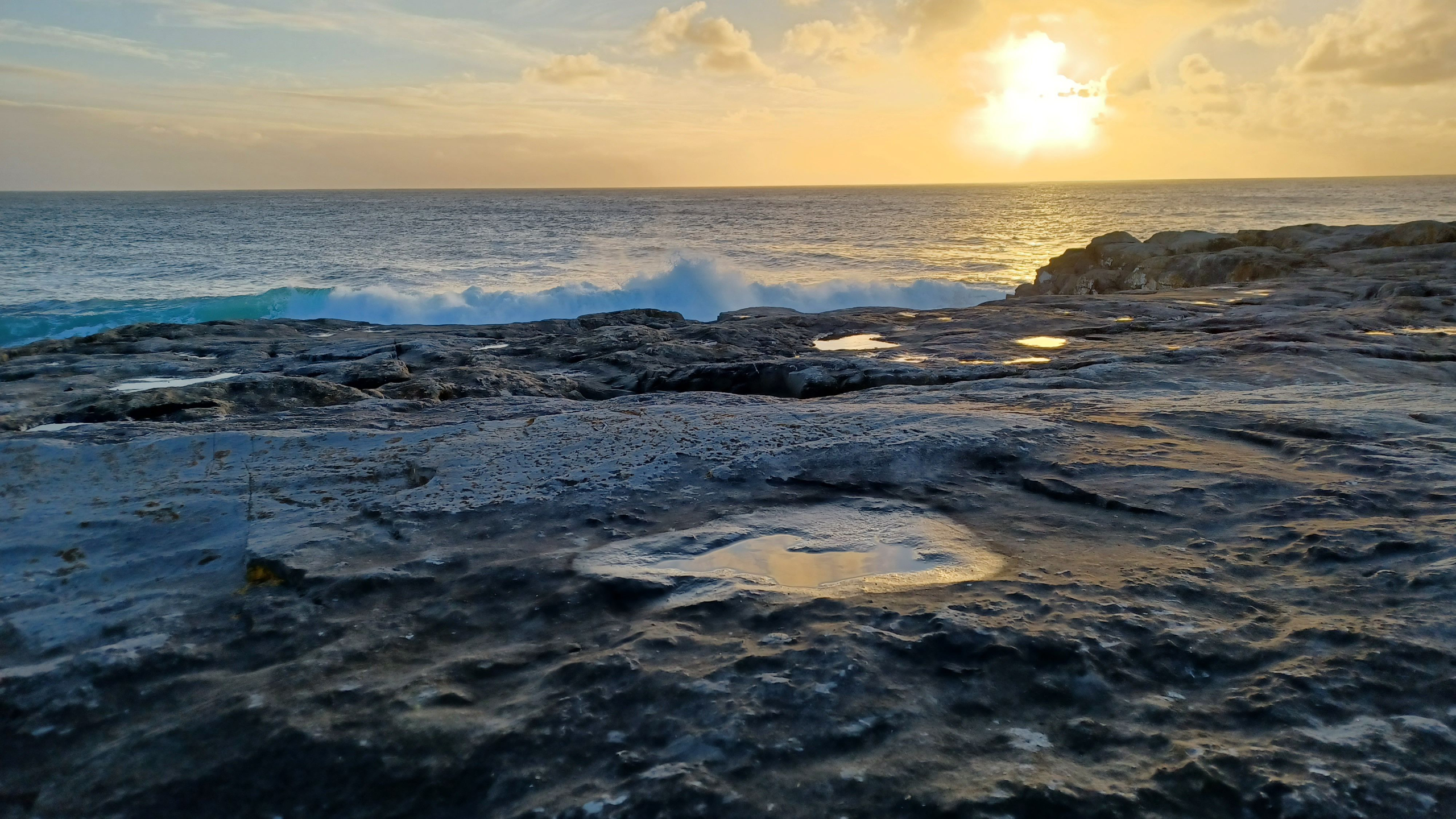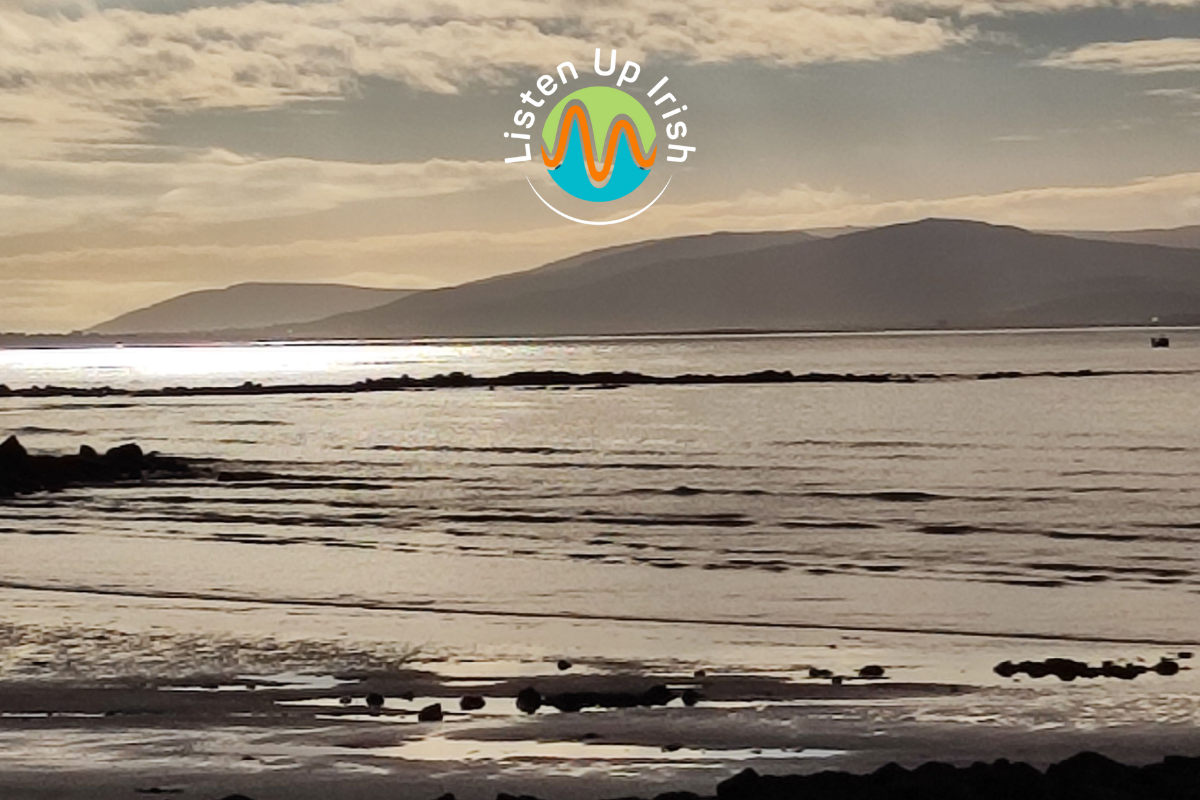Learn Irish with Mrs. Doyle
Learn all about feminine nouns in Irish in this short video. This is the second video in a two part series. To learn about masculine nouns in Irish then make sure to check out my other post: Learn Irish with Fr. Ted.
All nouns in Irish are either masculine or feminine
As in many other languages all nouns in Irish are classified as either 'masculine' or 'feminine'.
When the definite article ('an') comes before a noun in Irish it may cause a sound change. This sound change is also marked in writing.
This short article is about feminine nouns in Irish.
If you want to learn about masculine nouns in Irish then make sure to check out this post, which also explains how to tell whether a noun in Irish is masculine or feminine.
The definite article: 'an'
When the word 'an' (the) comes before a noun in Irish it can cause a change to the start of the noun. This sound change will also be marked in writing.
When 'an' comes before a feminine noun the effect caused will depend on whether the noun begins with a vowel; with a consonant (apart from the letter 's'); or with the letter 's'.
The easiest way to remember what happens is to think of an example representing each of these groups. This is much easier than trying to think of a grammatical rule. (Examples are always the best way to learn grammar!)
3 feminine nouns in Irish
Here's a trick to remember a word from each of the three groups described above: think of Mrs. Doyle from the famous Fr. Ted comedy series. (By the way if you haven't seen Fr. Ted yet it can be found on Youtube).
Mrs. Doyle was a woman living on windswept Craggy Island, an island very much affected by the weather, and visited by nuns from time to time!
Think of a woman, the weather, and a nun and you have an example of each type of feminine noun!
The noun begins with:
a vowel: aimsir (weather)
a consonant: bean (woman)
the letter 's': siúr (a nun)
Feminine nouns beginning with a vowel
When the definite article comes before a feminine noun in Irish then there is no change at all!
weather / the weather: aimsir / an aimsir
egg / the egg: ubh / an ubh
office / the office: oifig / an oifig
Feminine nouns beginning with a consonant (apart from the letter 's')
A sound change happens when the definite article comes before these nouns.
Look at the following examples:
woman / the woman: bean / an bhean
window / the window: fuinneog / an fhuinneog
cinema / the cinema: pictiúrlann / an phictiúrlann
(There is one exception to this rule however! When a feminine noun begins with either 'd' or 't' then there is no change following the definite article. Fire / the fire: tine / an tine; sister / the sister: deirfiúr / an deirfiúr. Words beginning with DNTLS are often the reason for exceptions in Irish, as is the case here!)
Feminine nouns beginning with the letter 's'
When the definite article comes before a feminine noun beginning with the letter 's' then a sound change happens. This is marked in writing by inserting the letter 't'.
Look at the following examples:
nun / the nun: siúr / an tsiúr
street / the street: sráid / an tsráid
week / the week: seachtain / an tseachtain
(There is one exception to this however! If the word begins with sc / sf / sm / sp / st then there is no 't'. Why is this? Well, it would simply be too difficult to pronounce! Here are a few examples of this exception: school / the school: scoil / an scoil; throat / the throat: scornach / an scornach).
A comparison between feminine and masculine nouns
Compare what happens to feminine and masculine nouns using the table below.

Scrúdú beag! A small test!
Put Irish on the sentences below and then scroll down below the picture to check your answers.
All of the nouns in the sentences are feminine.
Try to get the nouns right even if you don't know all of the words in any of the sentences.
1. The woman ate the egg
2. She left the office at six o'clock
3. She was here last week
4. I will go there next year
5. I was in Ireland last month
6. The funeral (sochraid) was sad
7. I play the tin whistle (feadóg stáin)
8. Open the window

Na freagraí / The Answers
1. D'ith an bhean an ubh
2. D'fhág sí an oifig ag a sé a chlog
3. Bhí sí anseo an tseachtain seo caite
4. Rachaidh mé ansin an bhliain seo chugainn
5. Bhí mé in Éirinn an mhí seo caite
6. Bhí an tsochraid brónach
7. Seinnim an fheadóg stáin
8. Oscail an fhuinneog
Masculine Nouns in Irish
If you haven't checked out the companion post on masculine nouns yet make sure to do so by clicking on the link below:
The best way to learn Irish
All About Irish offers top class online self-study courses which will help you to learn Irish in the fastest and most effective way possible! There are courses for all levels from Beginner Irish right up to more advance courses for anyone interested in learning Irish through Irish literature and poetry. One of the best ways to motivate your learning is set yourself a challenge by sitting an exam in Irish. If this interests you make sure to find out more about the TEG Irish language exam; and the TEG preparatory course offered by All About Irish.
If you've any questions at all don't hesitate to contact me.




